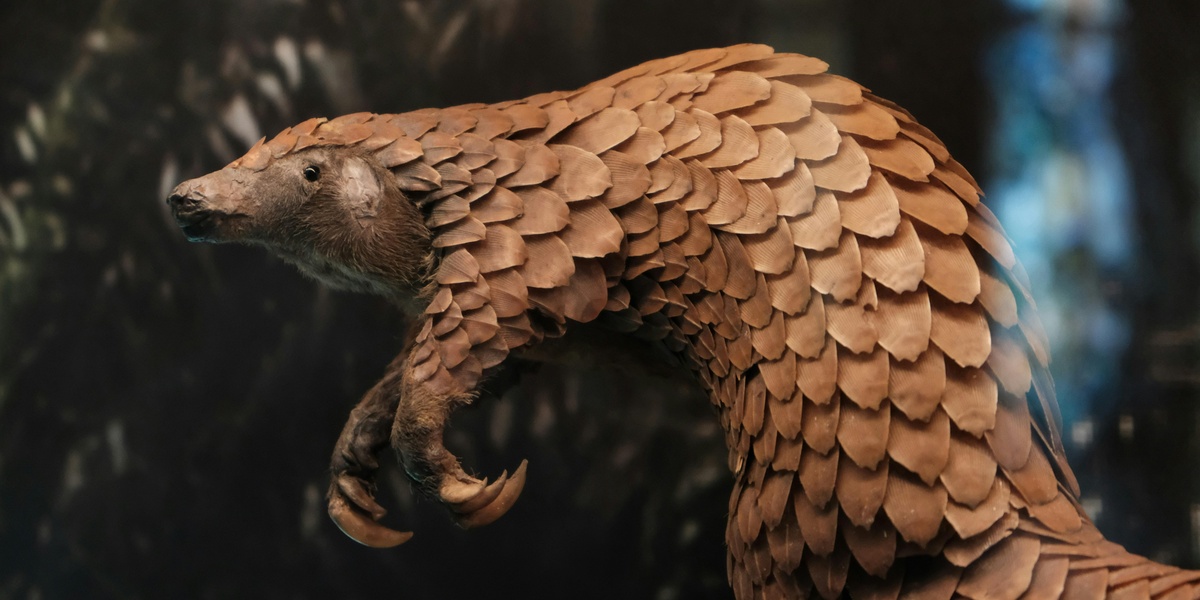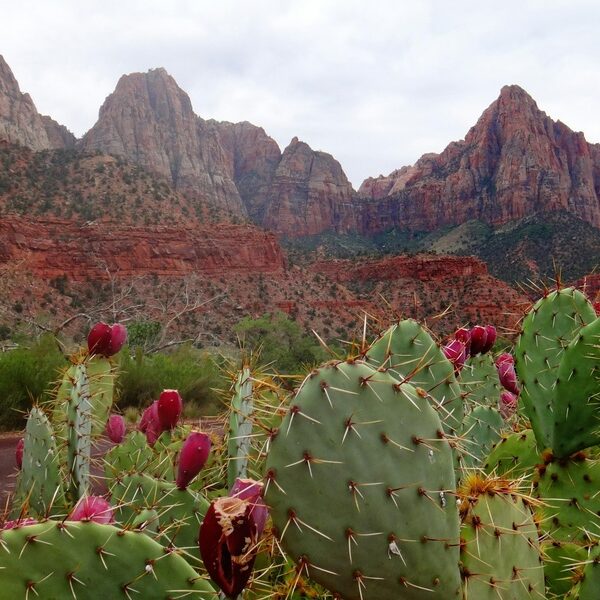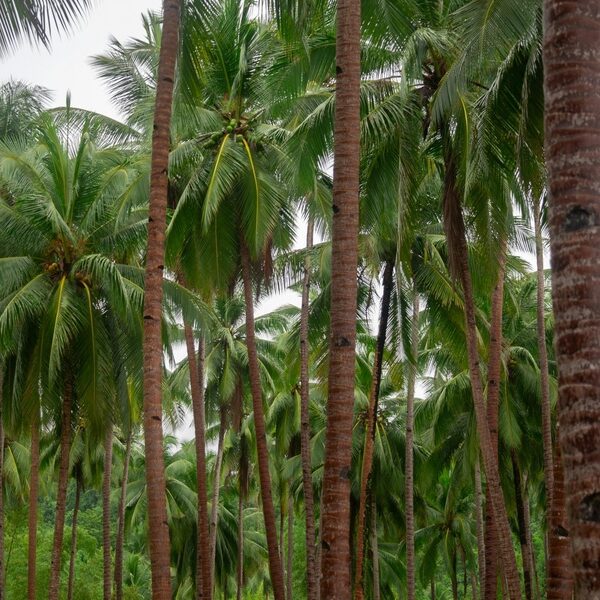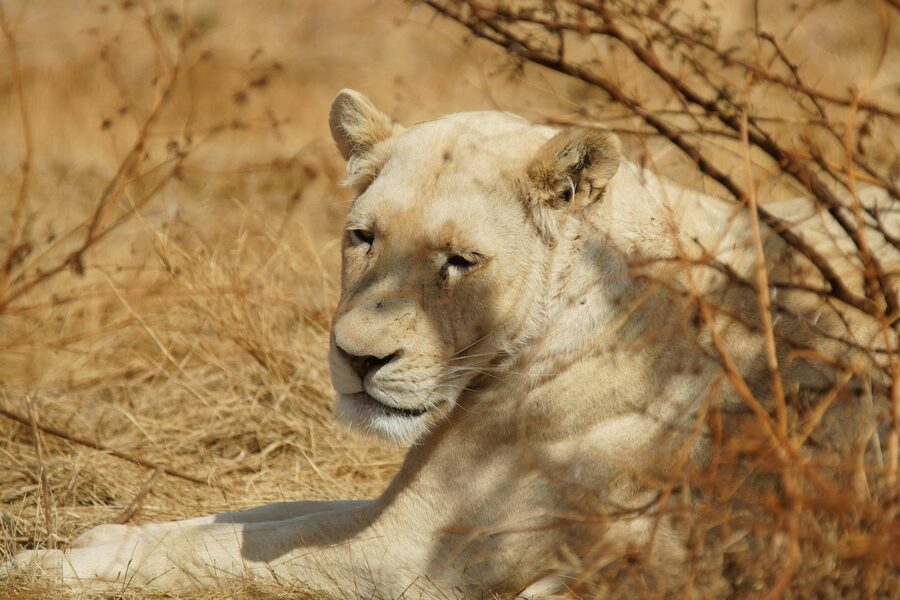Africa’s landscapes—from Sahara dunes to Congo rainforests and coastal wetlands—support a surprising array of creatures that don’t fit typical wildlife stereotypes. Many are adapted to narrow niches, show unusual anatomy or behavior, and turn up in local stories as much as in field guides.
There are 40 Weird Animals in Africa, ranging from Aardvark to White-bellied pangolin. For each species you’ll find below Scientific name,Size (cm),Range along with a short note on habitat and behavior so you can compare size and distribution at a glance.
How did you decide which animals count as “weird”?
I focused on species with distinctive anatomy or behavior uncommon among better-known African fauna—things like unusual feeding methods, rare locomotion, or odd body shapes—and cross-checked trusted field guides, museum records, and regional checklists to keep the list factual and varied.
Where are you most likely to see these species in the wild?
Some are widespread in protected parks and reserves, others are patchy or nocturnal; the best approach is to target known hotspots (e.g., specific national parks or forest patches), go with local guides who know seasonal activity, and use night drives or targeted habitat searches for elusive species.
Weird Animals in Africa
| Name | Scientific name | Size (cm) | Range |
|---|---|---|---|
| Aye-aye | Daubentonia madagascariensis | 40-60 | Madagascar |
| Shoebill | Balaeniceps rex | 110-140 | South Sudan, Uganda, Rwanda, Tanzania |
| Okapi | Okapia johnstoni | 150-200 | Democratic Republic of Congo |
| Gerenuk | Litocranius walleri | 80-120 | Kenya, Somalia, Ethiopia, Tanzania |
| Ground pangolin | Smutsia temminckii | 60-100 | Southern and Eastern Africa |
| White-bellied pangolin | Phataginus tricuspis | 50-80 | West and Central Africa |
| Aardvark | Orycteropus afer | 105-130 | Sub-Saharan Africa |
| Aardwolf | Proteles cristata | 55-80 | Southern and Eastern Africa |
| Naked mole-rat | Heterocephalus glaber | 8-12 | Kenya, Ethiopia, Somalia |
| Giant sengi | Rhynchocyon petersi | 25-40 | Kenya, Tanzania (forests) |
| African lungfish | Protopterus annectens | 60-100 | West and Central African rivers |
| Goliath frog | Conraua goliath | 25-32 | Cameroon, Equatorial Guinea |
| Fossa | Cryptoprocta ferox | 60-80 | Madagascar |
| Indri | Indri indri | 60-80 | Madagascar |
| Satanic leaf-tailed gecko | Uroplatus phantasticus | 10-22 | Madagascar |
| Parson’s chameleon | Calumma parsonii | 40-60 | Madagascar |
| Hammer-headed bat | Hypsignathus monstrosus | 20-30 | Central and West Africa |
| Secretary bird | Sagittarius serpentarius | 90-140 | Sub-Saharan Africa |
| Hammerkop | Scopus umbretta | 40-55 | Sub-Saharan Africa, Madagascar |
| Crested rat | Lophiomys imhausi | 25-40 | Ethiopia, Kenya, Tanzania |
| African jacana | Actophilornis africanus | 23-28 | Sub-Saharan African wetlands |
| Lowland streaked tenrec | Hemicentetes semispinosus | 15-22 | Eastern Madagascar |
| Egyptian spiny mouse | Acomys cahirinus | 8-12 | North Africa |
| Senegal bushbaby | Galago senegalensis | 22-30 | West to East Africa |
| Marabou stork | Leptoptilos crumenifer | 120-150 | Sub-Saharan Africa |
| West African manatee | Trichechus senegalensis | 250-350 | West African coasts and rivers |
| Ostrich | Struthio camelus | 200-280 | Sub-Saharan Africa |
| Lesser Egyptian jerboa | Jaculus jaculus | 10-18 | North Africa, Sahara |
| Namib Desert beetle | Stenocara gracilipes | 1-4 | Namib Desert, Namibia |
| Electric catfish | Malapterurus electricus | 40-100 | West and Central African rivers |
| Cape golden mole | Amblysomus hottentotus | 10-15 | Southern Africa |
| Sitatunga | Tragelaphus spekii | 110-140 | Central and East African swamps |
| Greater honeyguide | Indicator indicator | 18-21 | Sub-Saharan Africa |
| African penguin | Spheniscus demersus | 60-70 | South African and Namibian coasts |
| Giraffe | Giraffa camelopardalis | 400-520 | Sub-Saharan Africa |
| Giraffe weevil | Trachelophorus giraffa | 2-3 | Madagascar |
| Comet moth | Argema mittrei | 20-25 | Madagascar |
| Shell-dwelling cichlid | Neolamprologus multifasciatus | 4-6 | Lake Tanganyika (Tanzania, Zambia) |
| Sahara silver ant | Cataglyphis bombycina | 0.5-1.2 | Sahara Desert |
| Pygmy hippopotamus | Choeropsis liberiensis | 150-175 | Liberia, Sierra Leone, Guinea |
Images and Descriptions
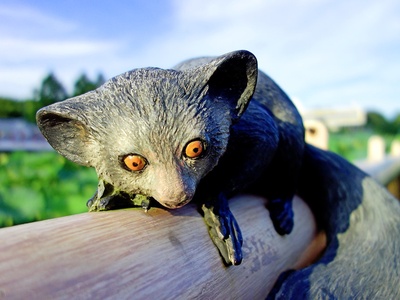
Aye-aye
Madagascar’s nocturnal lemur has a thin, elongated middle finger used to fish insect larvae from wood, plus rodent-like incisor teeth and big eyes. It is an odd, specialized nocturnal forager living in forests and avoiding sunlight.
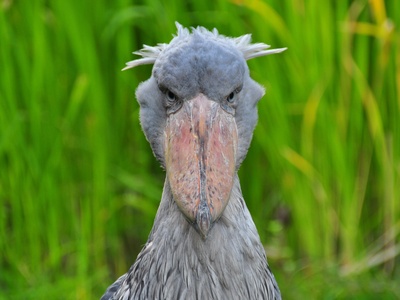
Shoebill
A hulking, prehistoric-looking wading bird with an enormous shoe-shaped bill used to snatch lungfish and baby crocodiles. It stands motionless in swampy waters, hunting with sudden strikes; its slow, dinosaur-like demeanor makes it famously uncanny.
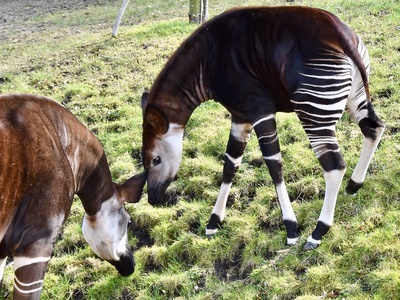
Okapi
A forest-dwelling relative of the giraffe with zebra-like stripes only on its hindlegs, the okapi looks like a chimera. It feeds on leaves and fruit in the Congo rainforest and remained unknown to science until the early 20th century.

Gerenuk
This long-necked antelope stands on its hind legs to browse high leaves, giving a strange, almost deer-like silhouette. Gerenuks live in dry bushland and rely on a unique feeding style and elongated neck and limbs to reach food.
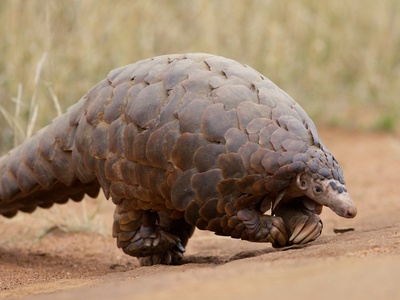
Ground pangolin
A scaled, insect-eating mammal that rolls into a tight armored ball when threatened. Ground pangolins dig for ants and termites with powerful claws, possess a long sticky tongue, and are sadly heavily poached for scales and meat.

White-bellied pangolin
A small arboreal pangolin with overlapping scales and a prehensile tail that climbs trees to feed on ants. It curls into armor when threatened and uses its long tongue and sticky saliva to extract insects from nests in forests.

Aardvark
A nocturnal, termite-eating mammal with a pig-like snout, sticky tongue, and powerful digging claws. Aardvarks make burrows, have long ears, and display a mix of odd traits that have confused taxonomy in the past.
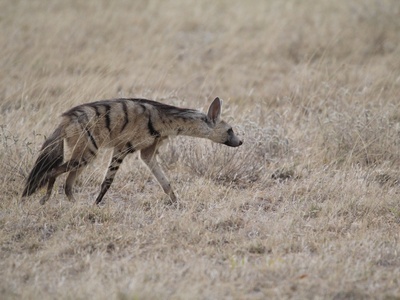
Aardwolf
A small hyena cousin that mainly eats termites rather than large prey, using a sticky tongue and nocturnal foraging. Its delicately patterned fur and shy, insectivorous lifestyle make it an unusual member of the hyena family.
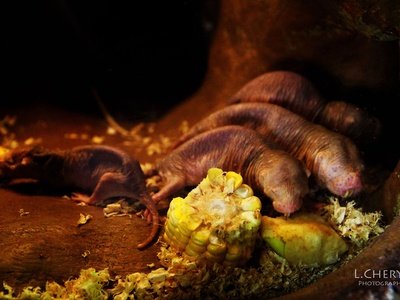
Naked mole-rat
A hairless, pink, eusocial rodent that lives in underground colonies with one breeding queen. Naked mole-rats resist pain, tolerate low oxygen, and show extreme social structure unlike most mammals — scientists call them bizarre and medically interesting.

Giant sengi
Giant elephant shrews (sengis) look like a cross between a deer and a long-nosed mouse, moving in rapid bouncy hops and maintaining territories with pheromone-marked trails. Their odd mix of traits defied expectations of small mammal behavior.
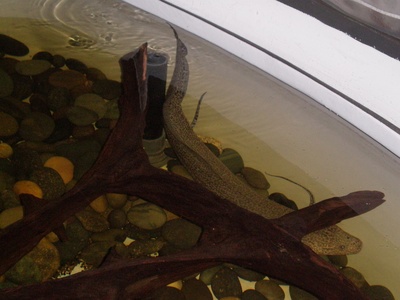
African lungfish
An ancient fish that can aestivate in mud for months by forming a mucus cocoon and breathing air with lungs. African lungfish survive droughts and reconnect to water when rains return — a living fossil with bizarre survival tricks.

Goliath frog
The world’s largest frog, able to reach huge body sizes and powerful legs. Goliath frogs live in fast-flowing West African streams, prey on invertebrates and small vertebrates, and show unusual breeding and territorial behaviors for amphibians.

Fossa
Madagascar’s largest carnivore resembles a cat, mongoose, and civet all at once. Fossas are agile tree hunters with semi-retractable claws and long tails, preying mainly on lemurs and demonstrating unique island-evolved traits.
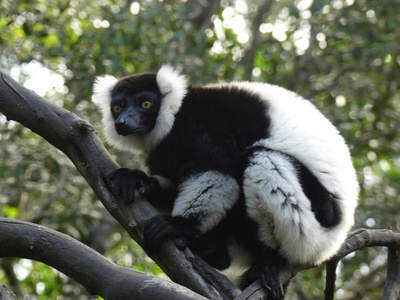
Indri
A giant lemur with a teddy-bear face and a tiny tail that performs loud, haunting songs through Madagascar’s canopy. Indris leap between trees and feed on leaves, a striking and primitive-looking primate.
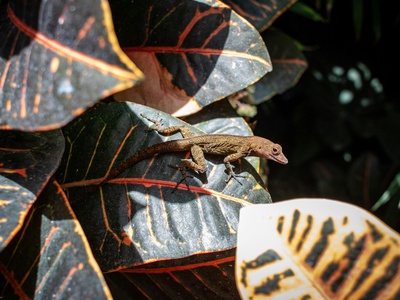
Satanic leaf-tailed gecko
A Madagascar gecko that mimics dead leaves with flattened tail, mottled skin, and fringe edges for near-perfect camouflage. It ambushes insects at night and disappears against bark and leaf litter like a living leaf.

Parson’s chameleon
One of the world’s largest chameleons with slow movements, an independently swiveling eye system, and a long projectile tongue. Found in Madagascar forests, Parson’s chameleons are bulky, colorful, and surprisingly sedentary for reptiles.

Hammer-headed bat
A huge male bat with an inflated snout and bizarre facial flaps used to amplify mating calls. Hammer-headed bats form noisy leks in forest clearings, their odd head shapes and loud honks unmistakable at dusk.
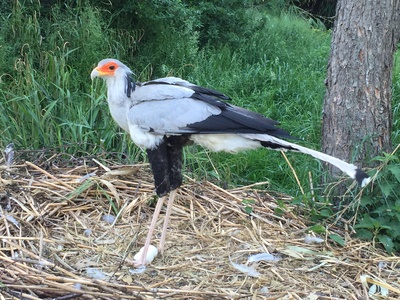
Secretary bird
A tall, terrestrial raptor with crane-like legs and slapping hunting techniques that stomps snakes and prey on open plains. Its unusual combination of bird-of-prey and stilted stature makes the secretary bird one of Africa’s oddest raptors.
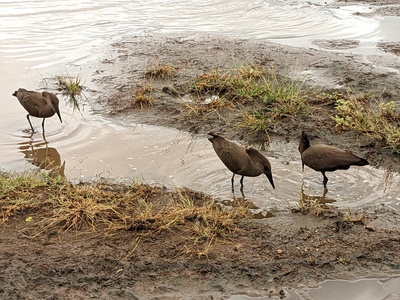
Hammerkop
A medium wading bird with a peculiar hammer-shaped head and obsession with giant nest building that can last decades. Hammerkops stack twigs into enormous structures and feed on aquatic prey in wetlands, looking comically disproportionate.

Crested rat
An odd rodent that chews toxic bark and applies the poison to specialized flank hairs, making itself poisonous to predators. This large, slow mammal sports dramatic black-and-white fur and escapes threats by chemical defense.

African jacana
A striking wading bird with extremely long toes that walk on floating vegetation like lily pads. African jacanas run across wetlands to feed on insects and demonstrate dramatic parental role reversals in some species.
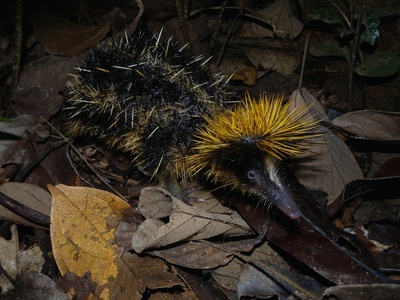
Lowland streaked tenrec
A spiny insectivore from Madagascar with quill-like hairs that can produce faint static sounds by rubbing specialized quills together. Tenrecs burrow, eat invertebrates, and resemble hedgehogs or shrews despite unusual sound-producing adaptations.

Egyptian spiny mouse
A small desert-adapted rodent with coarse, spine-like hairs that can autotomize skin and regenerate complex tissues unusually well. Found across North Africa, it shows surprising biomedical-relevant regenerative abilities for a mammal.

Senegal bushbaby
A diminutive nocturnal primate with huge eyes and incredible leaping ability; bushbabies emit loud calls and use powerful hindlegs to bounce through trees. Their cat-like ears and vacuum-cleaner vocalizations are memorable for night safaris.

Marabou stork
A grotesque-looking scavenger with a bald head, inflatable throat sac, and massive bill that eats carrion and refuse. Marabou storks frequent human settlements and landfill sites, their ungainly profile earning them the nickname ‘undertaker bird’.
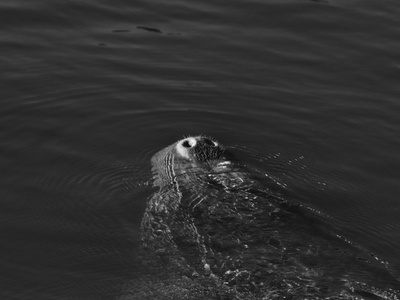
West African manatee
A slow, rotund aquatic mammal that grazes on river and coastal vegetation. West African manatees move quietly through mangroves and estuaries; their gentle faces and blubbery bodies make them oddly endearing and vulnerable to human threats.

Ostrich
The world’s largest bird, flightless and built for speed with enormous eyes and two-toed feet. Ostriches live in open African savannas, lay giant eggs, and defend themselves with powerful kicks — their size and habits look almost dinosaurian.
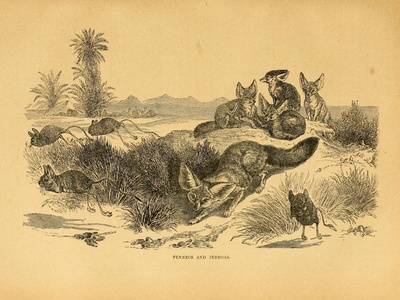
Lesser Egyptian jerboa
A tiny desert rodent with enormous hind legs and a long tail that hops like a miniature kangaroo. Jerboas use bipedal leaps to escape predators and survive harsh Sahara nights with nocturnal habits and huge ears.
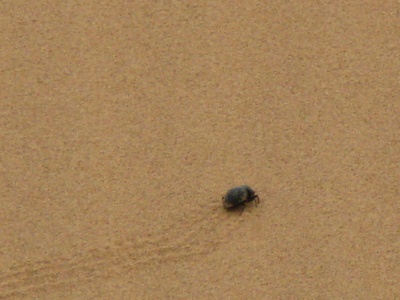
Namib Desert beetle
A small beetle that harvests fog by facing wind-blown droplets into bumpy hydrophilic patches on its back, channeling water to its mouth. This ingenious fog-basking adaptation lets it survive in some of Africa’s driest coastal deserts.

Electric catfish
A stout freshwater fish capable of producing strong electric shocks to stun prey and deter predators. Electric catfish ambush fish at night in African rivers, their ability to generate electricity making them standout and sometimes dangerous to people.
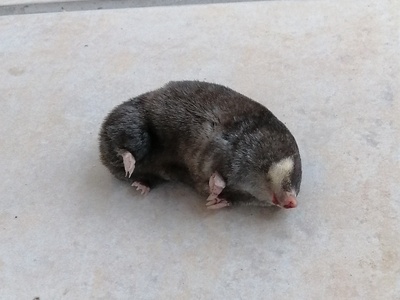
Cape golden mole
A bizarre subterranean mammal with eyes covered by skin, powerful forelimbs for tunneling, and a sleek, velvety coat. Golden moles live underground in southern Africa, behaving like fossorial small mammals with convergent traits to true moles.

Sitatunga
A swamp-adapted antelope with splayed hooves and a shaggy coat that walks through reeds and bogs. Sitatungas are cryptic, semi-aquatic browsers of Central and East African wetlands, showing specialized adaptations for swamp life.

Greater honeyguide
A small bird famous for leading humans to hidden beehives, then eating wax and larvae after people harvest the honey. This mutualistic, culturally notable behavior and their habit of nesting in tree cavities make honeyguides uniquely odd.

African penguin
A coastal penguin species that nests on African shores, awkward and charming on land yet agile in cold Atlantic waters. African penguins form noisy colonies, feed on small fish, and are under threat from habitat loss and fisheries.
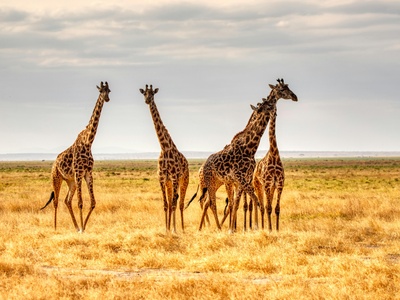
Giraffe
A towering browser with an impossibly long neck and specialized blood pressure systems, giraffes feed on treetop foliage and use a strange gait and necking combat. Their unusual physiology and height make them one of Africa’s most iconic oddities.

Giraffe weevil
A tiny Madagascan weevil with an elongated neck—males use it to wrestle rivals and roll leaves into nests. The exaggerated neck, unusual for insects, plus dramatic mating fights make this little beetle famously bizarre.

Comet moth
A gigantic and spectacular Madagascar moth with long tail streamers and luminous green wings. Comet moths look like flying jewels; their big size and dramatic tails are used in confusing predators during night flights.

Shell-dwelling cichlid
Tiny cichlids that live and breed inside empty snail shells on Lake Tanganyika’s sandy floors, forming colonies and showing complex social structures. Shell-dwelling behavior and cooperative breeding make them striking and bizarre aquarium favorites.
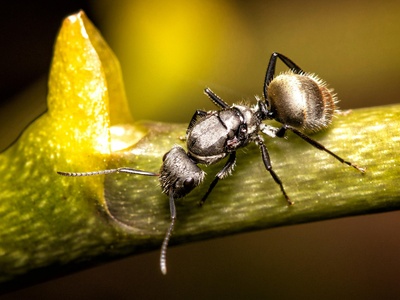
Sahara silver ant
Heat-tolerant Sahara ants that forage at midday when surface temperatures are lethal to other animals. Their reflective hairs, rapid sprinting, and thermal tolerance allow them to collect food in the world’s hottest conditions.

Pygmy hippopotamus
A shy, solitary relative of the common hippo that is much smaller, more terrestrial, and forest-dwelling. Pygmy hippos avoid open water, move quietly through dense swamp forests, and have reclusive, almost secretive habits.
